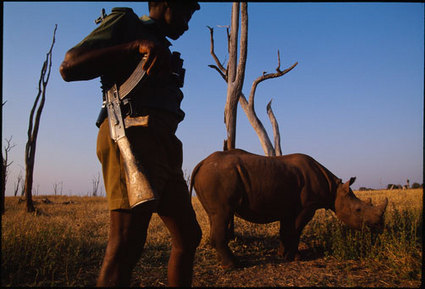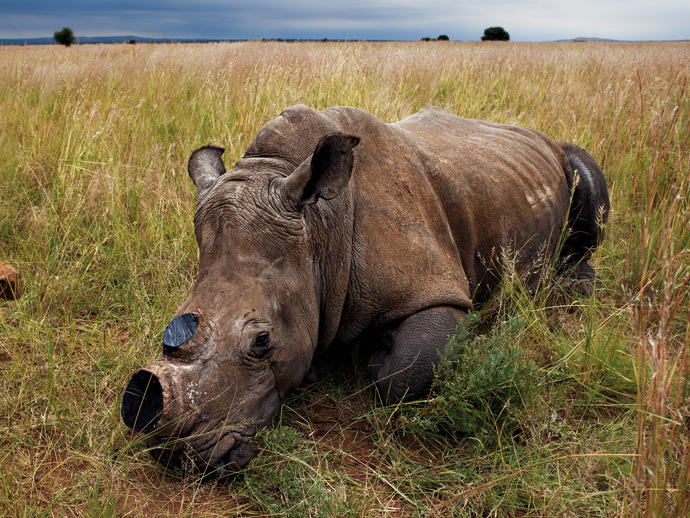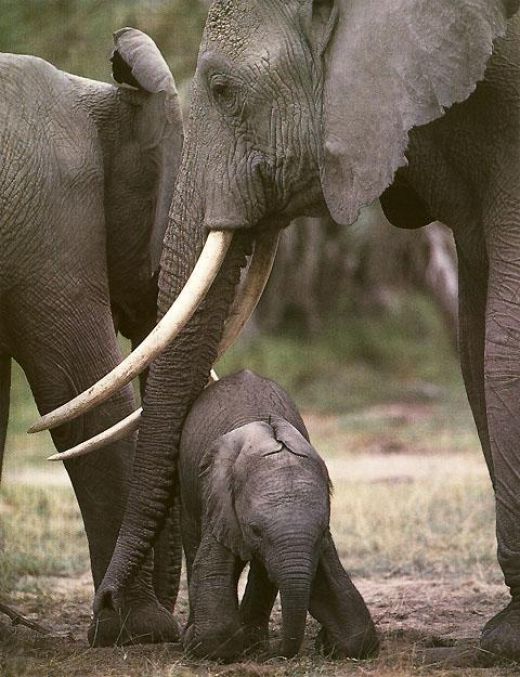Five years ago, if you heard the words “human-wildlife conflict” (or HWC) the first thing that probably came to mind was the challenges agriculturalists in range countries face coexisting with native fauna. Maybe you thought about the struggle between Namibian goat herders and cheetahs or East African farmers protecting their crops from raiding elephants. In short, humans had what animals wanted. No doubt those types of incidences still exist, but the overall dynamic of human-wildlife conflicts have changed, and therefore need redefined. Perhaps the first thing we should change is our way of thinking; how we view conflict between man …
Human-Wildlife Conflict Redefined


